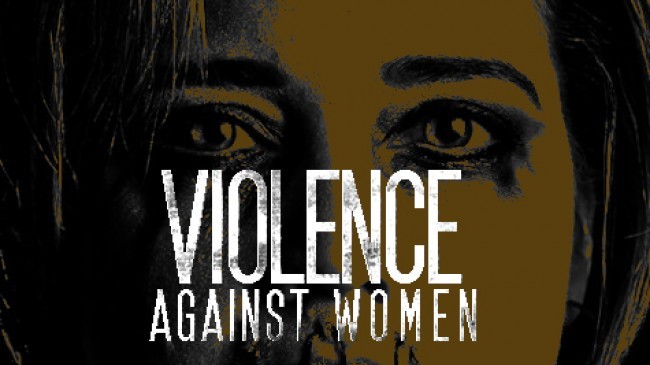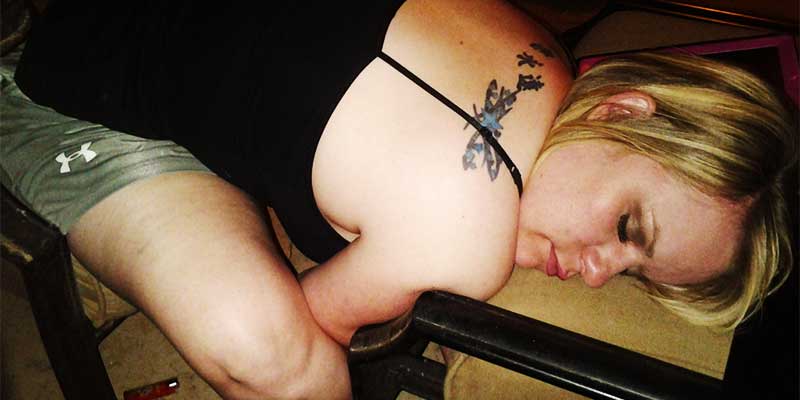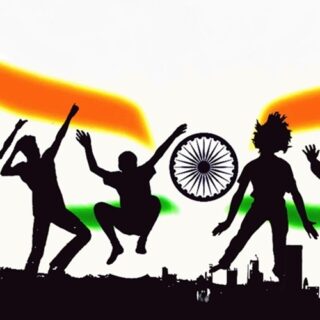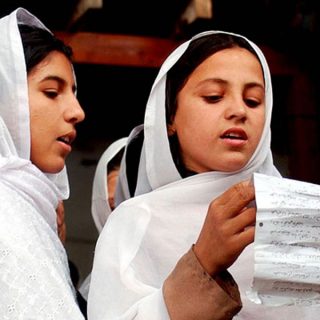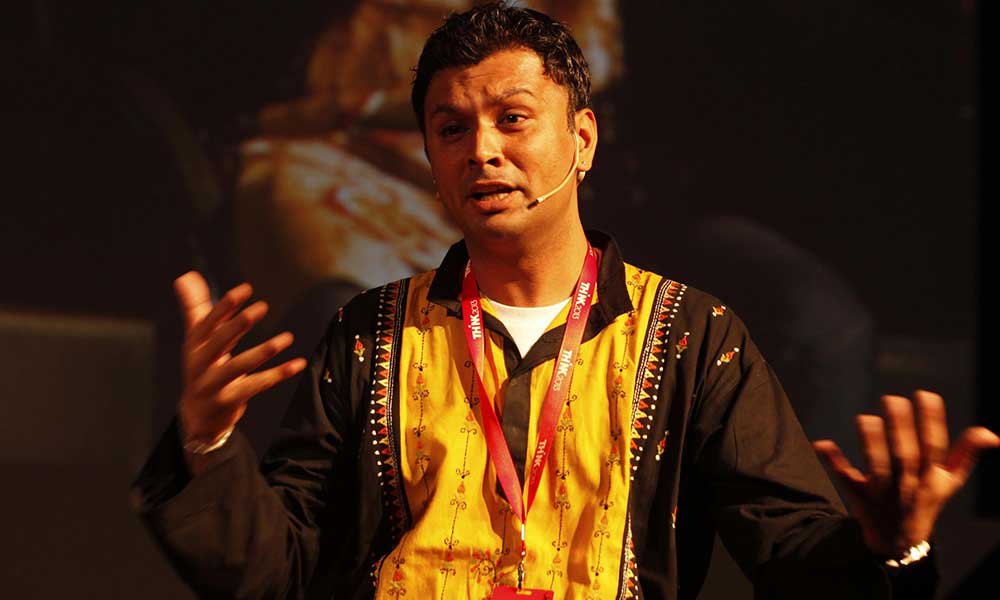Before we can stop brutality against women, we should first ask the primary question – why societies globally are producing so many violent men?
Before we can stop brutality against women, we should first ask the primary question of what is going on with men – the main executors of this brutality – and why societies globally are producing so many violent men?
This disaster has reached plague ratios. Earlier this year, the World Health Organization released the first methodical study of worldwide data on the pervasiveness of violence against women. This ground hitting work divulged that completely one third of women globally – almost one billion women – will face physical violence from a male partner in their life span.
In reply, the report suggests a variety of actions, counting care for victims, education, empowerment, compulsory reporting – all of which, while significant, are not new. Women’s groups have been supporting for and executing such programs for decades. But the crisis has continued or even augmented in rich and poor countries equally – across age groups, classes, cultures and races.
It’s time to shift our thoughts and outlook. We require moving our focus to the behaviour and inspirations of the men and asking a different set of questions. What is happening with the men who are carrying out these cruel acts? Why do so many men mistreat women and girls – mostly their own family members? Why is men’s violent behaviour against women such widespread across the world at present? And how do organizations in our society disseminate the practice of men ill-treating and violating women?
Violence against women is directly related to the unbending standards that describe what it is to be a man. Globally there is a dominant model of manhood; men are guided to desire to and evaluate themselves based on this principle. Men are anticipated to be monetarily independent, become husbands and fathers, be the main income earner for the family, be successful in the eyes of peers, and be in control and wield power. These prominent standards of manhood are kept alive by societies, communities, peers, families and even women – and undertake more severe types in some cultures.
But for most men, predominantly poor men, there is a vast gap between these hopes and what they can attain. In the face of unceasing poverty, disparity, exclusion, jobless economies, many men think they don’t meet the standards. How then, do these men demonstrate themselves as men? All too frequently it is by the use of power and violence – and female partners are effortless targets. Such conduct is usually the only way for many men to exert authority in societies where they are made to think toothless and futile. This is the harsh truth that remains unacknowledged or misinterpreted in much of the debates on gender violence in the present scenario.
In a survey of 1,552 men in India, one third of men said they were embarrassed to face their family as they were unemployed or did not earn sufficient income. Those jobless men who accounted being stressed or humiliated were 50 percent more probable to use violence against a partner and twice possible to have used sexual violence than men who did not account financial stress.
Eventually, societies should confront the impossible to attain demands of manhood and the patriarchal formations that strengthen these demands. We must redefine ideas of manhood and look for option masculine identities that are not negative to women and men similarly. This is a long-term outlook but it kicks off by altering the way we – both women and men – raise boys to be men.
In sensible terms, we have to incorporate men completely in programming attempts. Targeting men in sexual and reproductive health, maternal and child health, fatherhood and HIV/AIDS programs, for instance, has brought constructive changes in men’s approach and conduct. Such programs are increasing across South Asia and in other places and showing positive outcomes.
We also immediately have to better appreciate male inspirations for violence and prevention tactics should be tailored. We should work in a different way and more imaginatively to stop this atrocious and invasive form of brutality. This implies addressing men’s gender issues to stop violence before it occurs, and making men a vital part of the solution.

